What is the tolerance range of precision screws?
What is the tolerance range of precision screws?
Service Hotline
+86760-8787 8587We have more than ten years of production experience in the screw industry, the main products are: claw nut, thickened and widened extra-large steel flat gasket, round head inner screw, round screw butt joint, bolts for reaming holes, flat S Type guardrail bolts, straight through to the main board of the hollow chassis, GB823 round head screws, nickel-plated flat head rivets, bridge carriage screws, torx bolts, SOO rivet nuts, slotted lock nuts, seven-star plastic head screws, thin hexagonal fine teeth Fasteners such as nuts, due to the different materials and specifications of the products, the prices are also different, please contact us if necessary.


Now people often use spring washers to lock nuts and bolts, spring washers, generally stainless steel and carbon steel non-closed spiral washers, under the nut, above the flat washer, increase the friction between the nut and the bolt, used to prevent The loosening of the nut plays a role in preventing vibration and loosening, but it is often due to a radial external tension, which is caused by the tightening axial force generated by the tightening torque, and the phenomenon of open ring expansion occurs, and the hydrogen embrittlement of the spring washer often occurs. The pressure is unevenly applied to the flat washer through the spring washer, and the friction coefficient between the spring washer and the nut and the flat washer is small, resulting in vibration, rotation and relaxation.
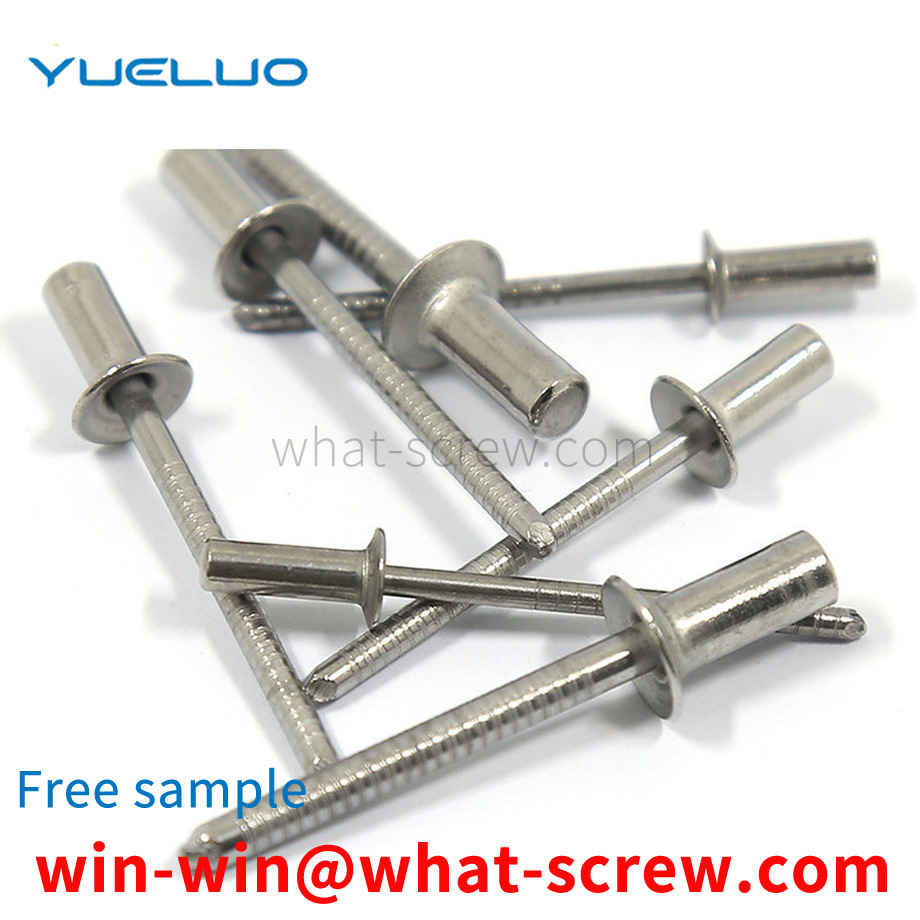
Several concepts about high-strength bolts 1. According to the specified performance level of bolts above 8.8, they are called high-strength bolts. The current national standard only lists M39. For large-size specifications, especially those with a length greater than 10 to 15 times High-strength bolts, domestic production is still short-term. The difference between high-strength bolts and ordinary bolts: High-strength bolts can withstand larger loads than ordinary bolts of the same specification. High-strength outer hexagon bolts High-strength outer hexagon bolts are made of Q235 (ie A3). The material of high-strength bolts is 35# steel or other high-quality materials, which are heat-treated after being made to improve the strength. The difference between the two is the difference in material strength. From raw materials: High-strength bolts are made of high-strength materials. The screws, nuts and washers of high-strength bolts are all made of high-strength steel, such as No. 45 steel, 40 boron steel, 20 manganese titanium boron steel, 35CrMoA, etc. Ordinary bolts are usually made of Q235 (equivalent to A3 in the past) steel. In terms of strength grades: high-strength bolts are increasingly used. Two strength grades are commonly used, 8.8s and 10.9s, of which 10.9 is the majority. The strength level of ordinary bolts is lower, generally 4.4, 4.8, 5.6 and 8.8. High-strength bolts High-strength bolts are viewed from the force characteristics: high-strength bolts apply pretension and transmit external forces by friction. Ordinary bolt connection relies on the shear resistance of the bolt and the bearing of the hole wall to transmit the shear force. When the nut is tightened, the pre-pressure is very small, and its influence can be ignored. In addition to its high material strength, high-strength bolts also exert a large amount of pressure on the bolts. The pre-pressure generates extrusion force between the connecting components, so that there is a large friction force perpendicular to the direction of the screw, and the pre-pressure, anti-slip coefficient and steel type directly affect the bearing capacity of high-strength bolts. According to the force characteristics, it is divided into pressure type and friction type. The calculation methods of the two are different. The minimum specification of high-strength bolts is M12, and M16~M30 are commonly used. The performance of super-large bolts is unstable and should be used with caution in design.
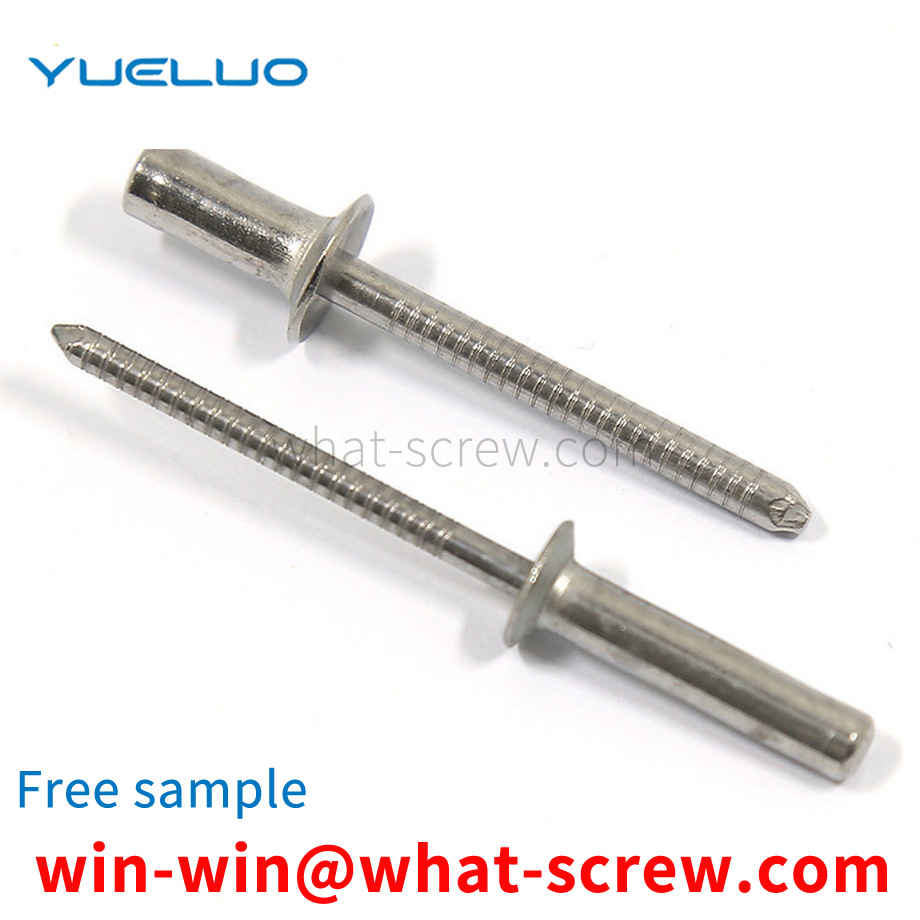
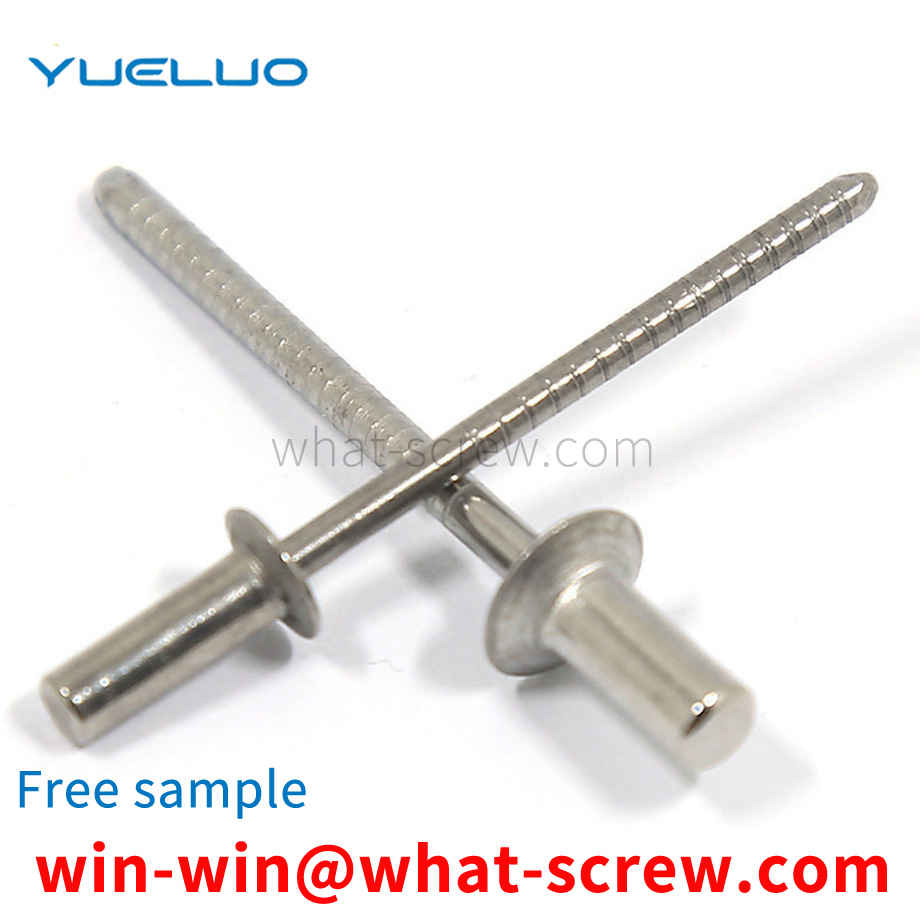
The anchor bolts of some metallurgical industrial equipment are detachable, that is, the anchor bolts are not directly anchored in the foundation concrete, but anchored in the T-bolt sleeve (T-bolt sleeve hereinafter referred to as sleeve) , The sleeve is constructed together with the foundation and anchored directly in the foundation. The T-bolt is inserted into the sleeve when the equipment is installed, and the T-bolt can be removed from the sleeve when the equipment is replaced.
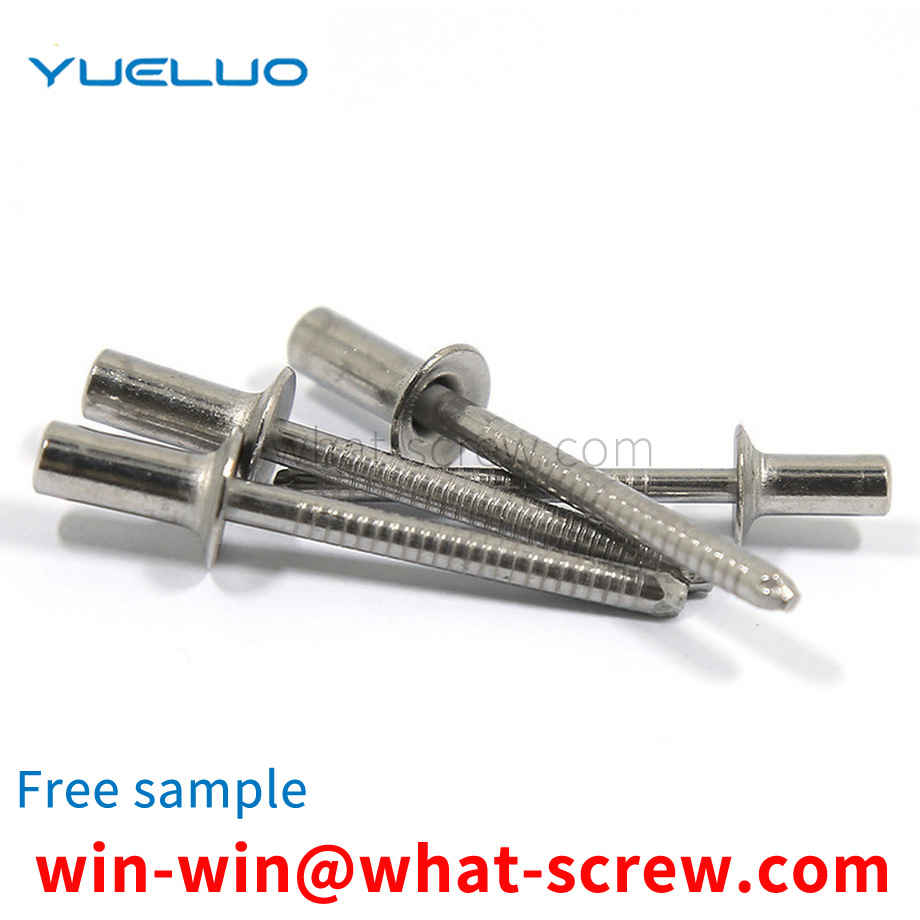
In view of the above situation, the technical problem to be solved by Guangdong Yueluo Hardware Industry Co., Ltd. is to provide a self-expanding semi-solid installation rivet, the purpose is to solve the existing connection between plastic shells, lightweight plates, insulating materials, circuit boards, or any other In the case of thin, light-weight materials, the grip and bonding force of the rivet itself on the mounting surface is weaker than that of the rivets that are screwed and installed by manual operation. The rivet structure needs to be improved and strengthened when the material is installed.
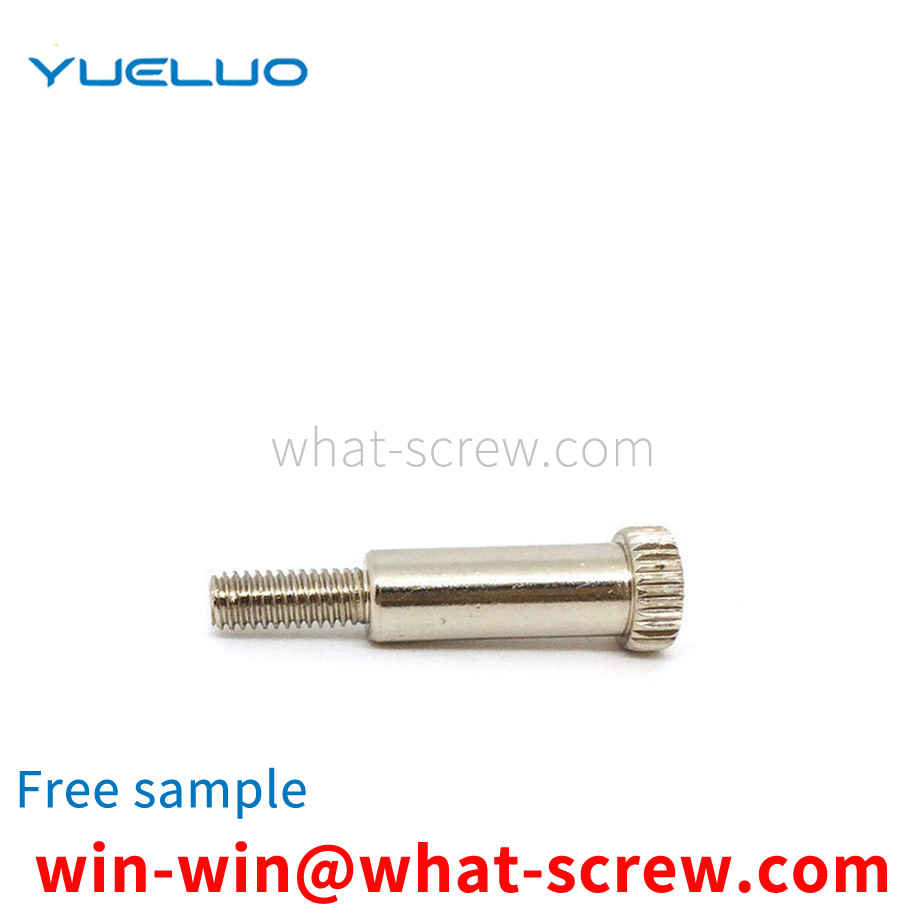
The above content is uploaded by Yueluo or the Internet. If there is any copyright issue, please contact [email protected].

What is the tolerance range of precision screws?

How to choose the right stainless steel screw manufacturer?

Why is there an R angle under the head of the hexagon head s...
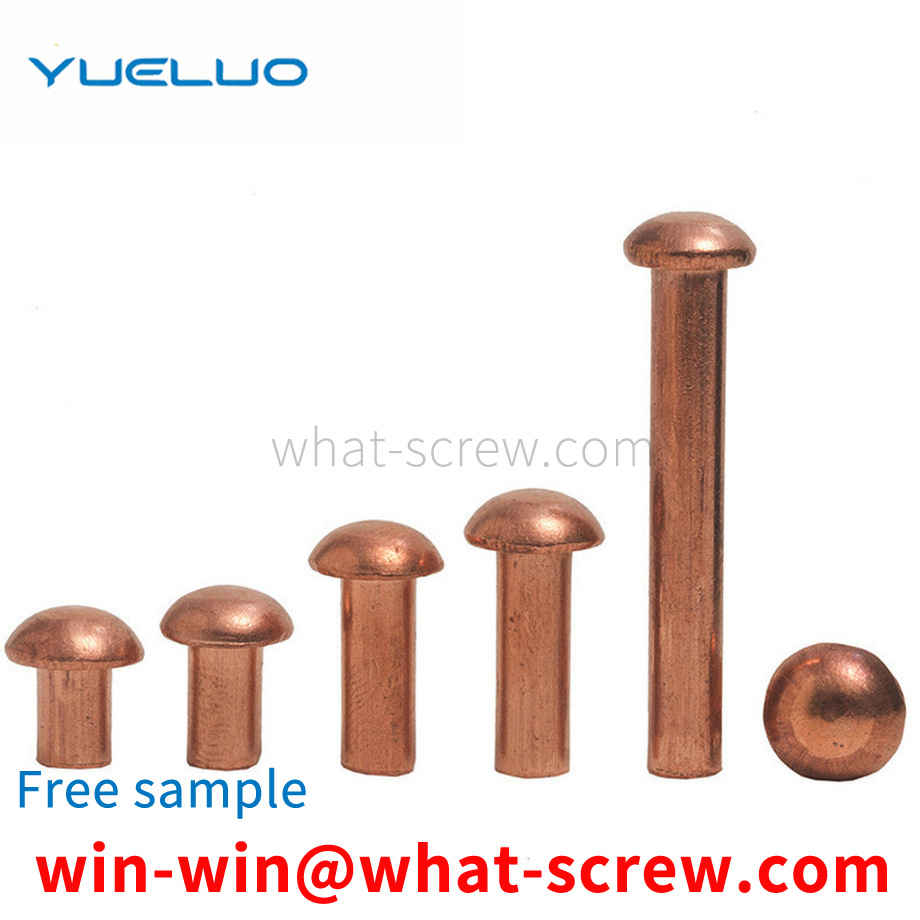
We have more than ten years of experience in the production ...
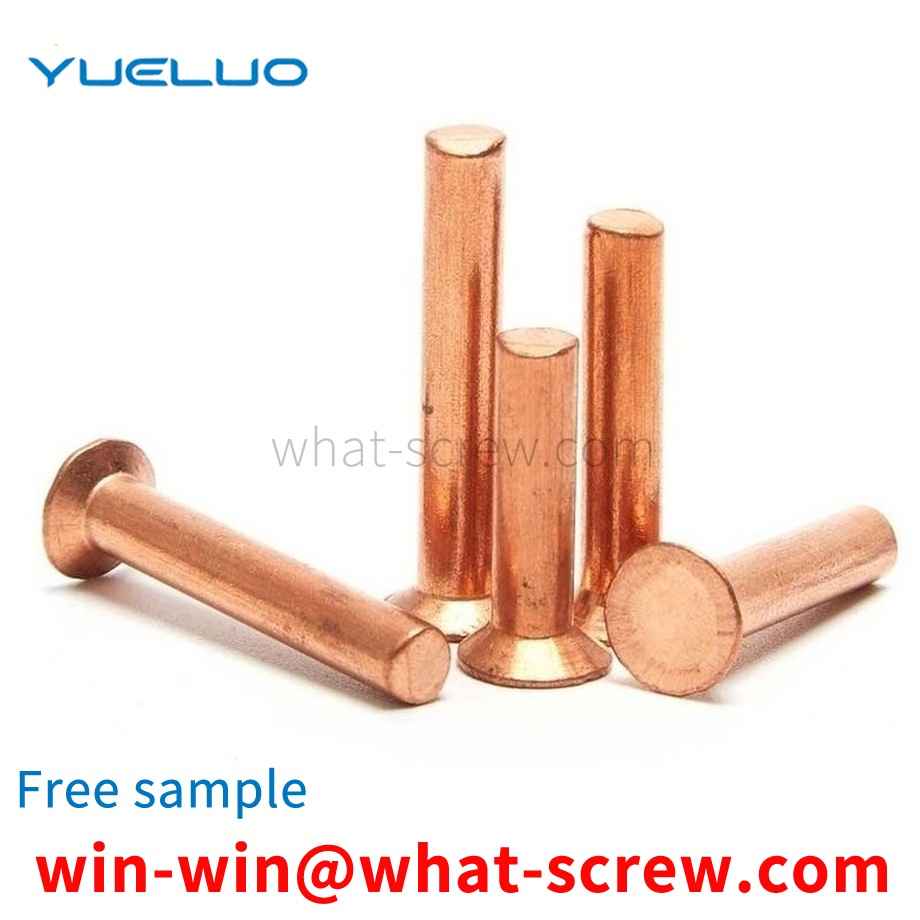
We have more than ten years of production experience in the ...
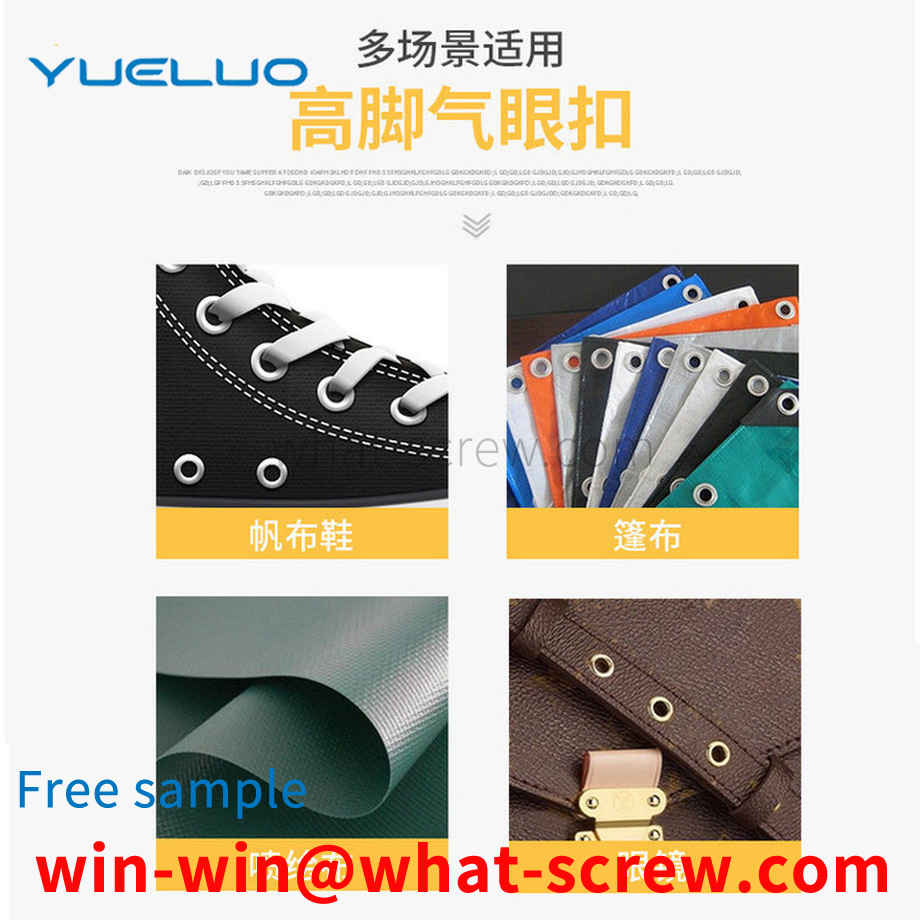
We have more than ten years of experience in the production ...
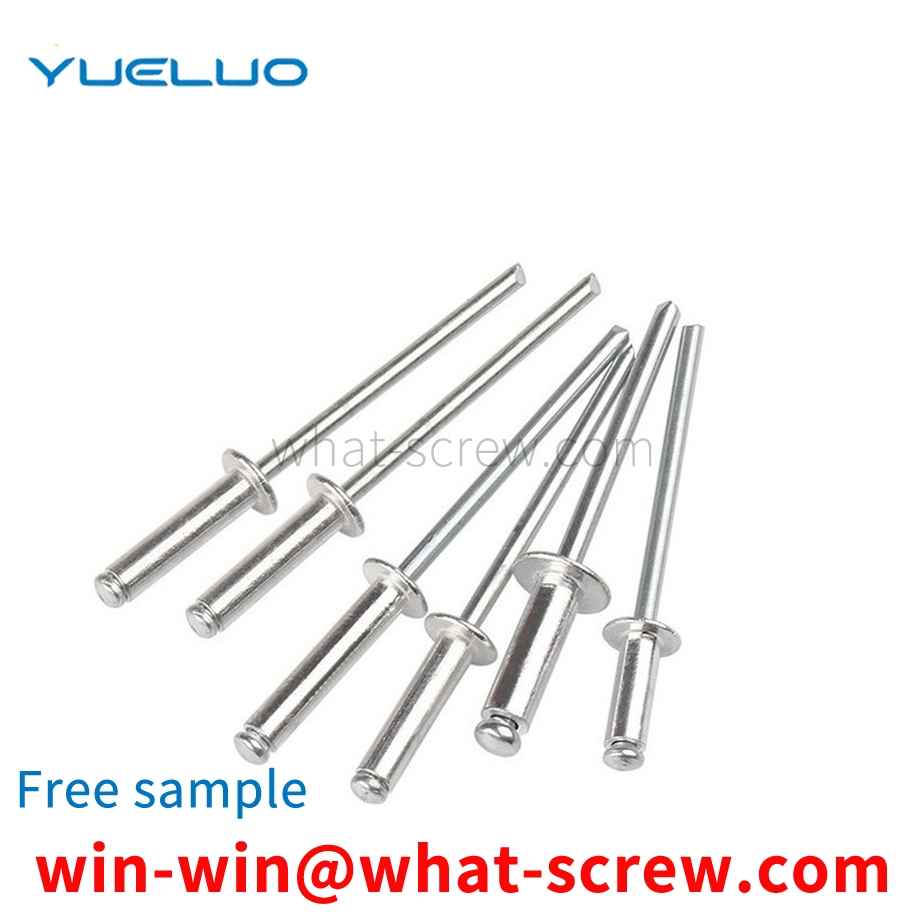
We have more than ten years of experience in screw industry ...